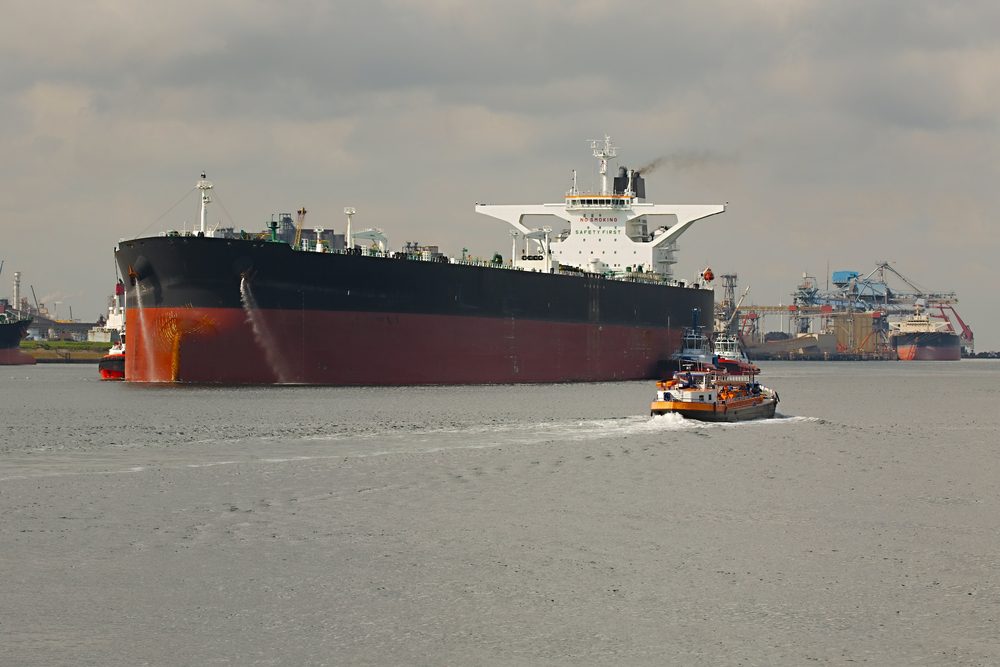The Port of Rotterdam has reported a record number of very large crude carriers in port in 2015 helped by growth in full oil supply in northwest Europe and Russian stockpiles flowing into the region.
The Port of Rotterdam Authority said Monday that in 2015, no fewer than 51 VLCCs called at the port to discharge and/or load fuel. That is 22 more VLCCs, ranging from 200,000 to 320,000 dwt, than in 2014 and 12 more than in the record year of 2012. In 2015, a total of around 28.3 billion liters of fuel oil was shipped from Rotterdam, the Port Authority said.
“The increase in the transport of fuel oil is due to a slight growth in its supply in the Northwest Europe region on the one hand,” says Ronald Backers, Business Intelligence Advisor for the Port of Rotterdam Authority. “The refineries here are operating at full capacity due to this year’s high margins. In addition, Russia saw a large build-up of fuel oil stocks in 2014. At the beginning of 2015, this stock ‘flowed’ in the direction of Rotterdam and other ports. On the other hand, the demand for fuel oil is slightly lower. This is partly due to the introduction, in January 2015, of the requirement to use bunker fuel in the North and Baltic Seas with a maximum sulphur content of 0.5%. This was achieved by using Marine Gas Oil. All in all, this has led to a surplus of fuel oil, which had to be shifted to other markets. The market calls this a ‘supply push’.”
With last year’s 51 VLCCs, 283 of the world’s largest tankers visited Rotterdam in the last ten years. Two thirds of these discharged crude oil before leaving again with fuel oil, the Port Authority says.
“75% of the loading of the VLCCs takes place at the terminals in Rotterdam, 25% at the Caland Canal and Maasvlakte2 dolphins, Backers adds. “There is often a combination of both locations, with most of the loading taking place at a terminal and the loading being completed at the dolphins.”
The Port Authority says that average cargo volume of the mammoth tankers has increased over time by about 30,000 tonnes to 280,000 tonnes. The record in this field is still held by the TI Europe, which sailed with 353,000 tonnes of fuel oil in August 2013.
Incidentally, there was also a record number of Suezmax tankers (120,000-160,000 tonnes deadweight) in Rotterdam, the Port Authority also reported. With a total of 45, this was 4 higher than in 2014.

 Join The Club
Join The Club











